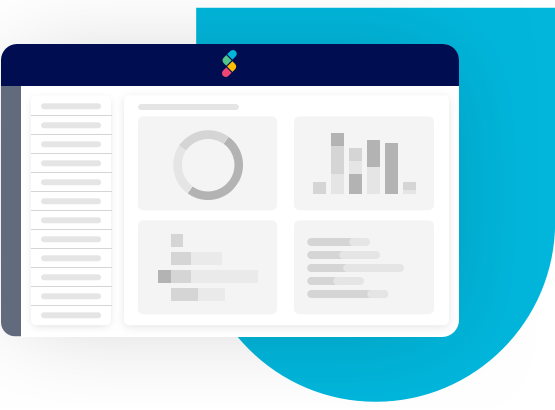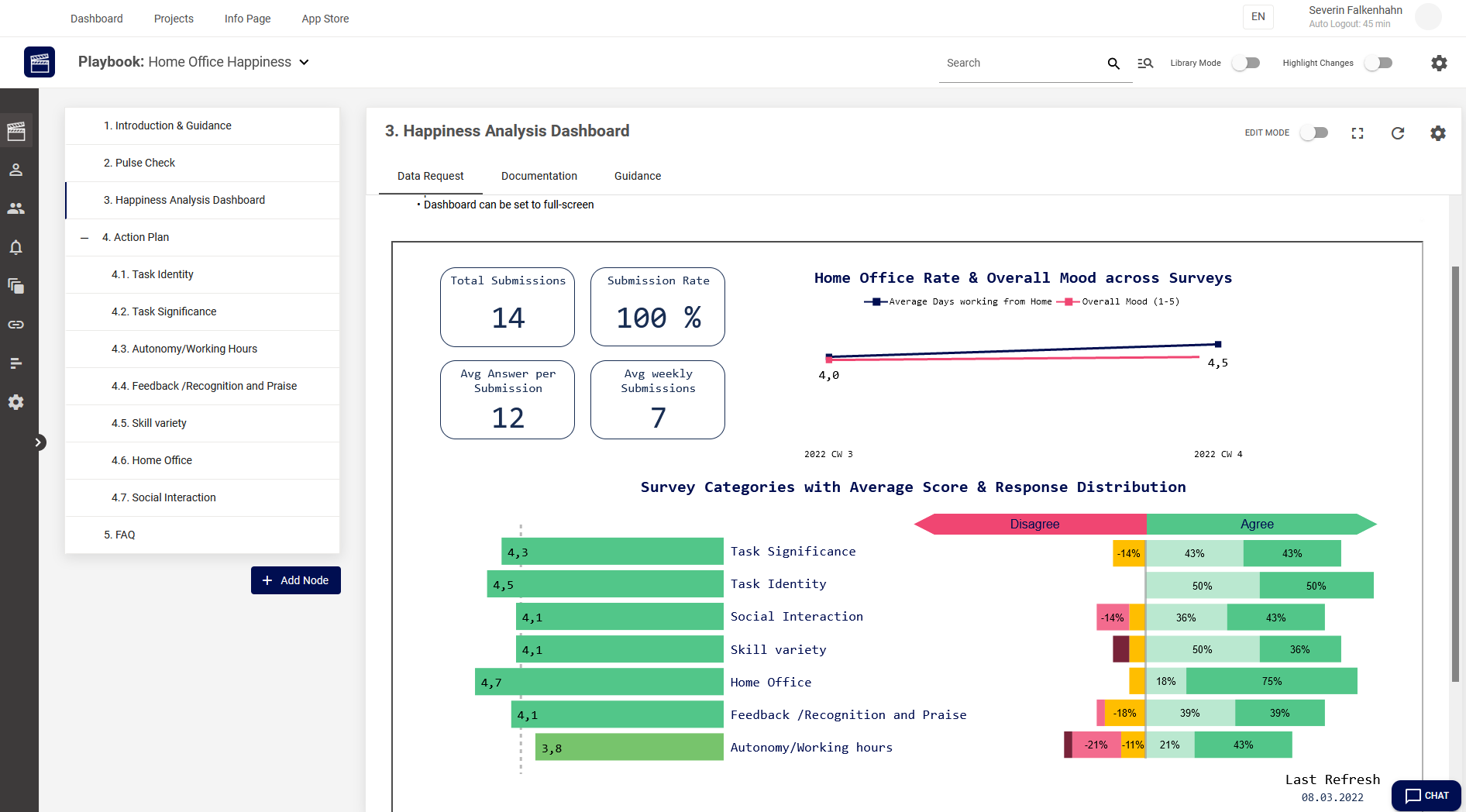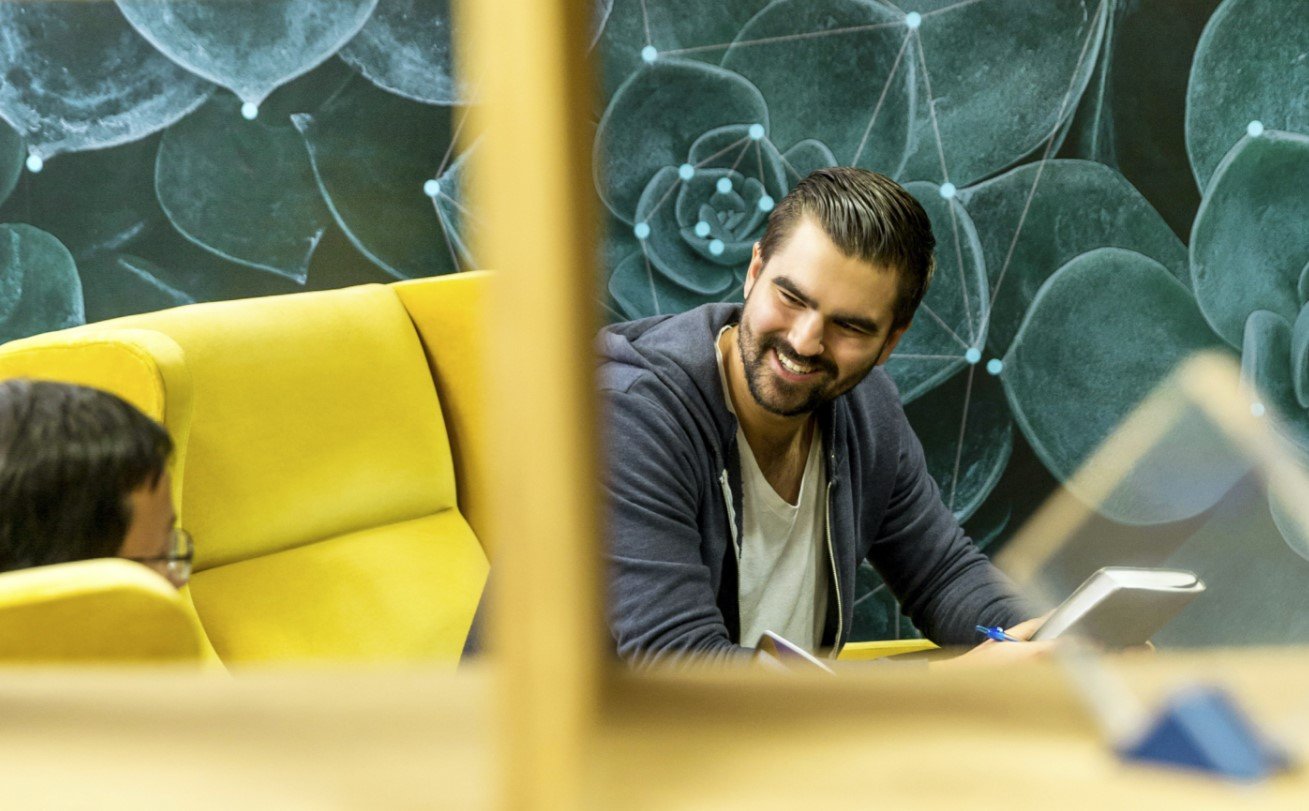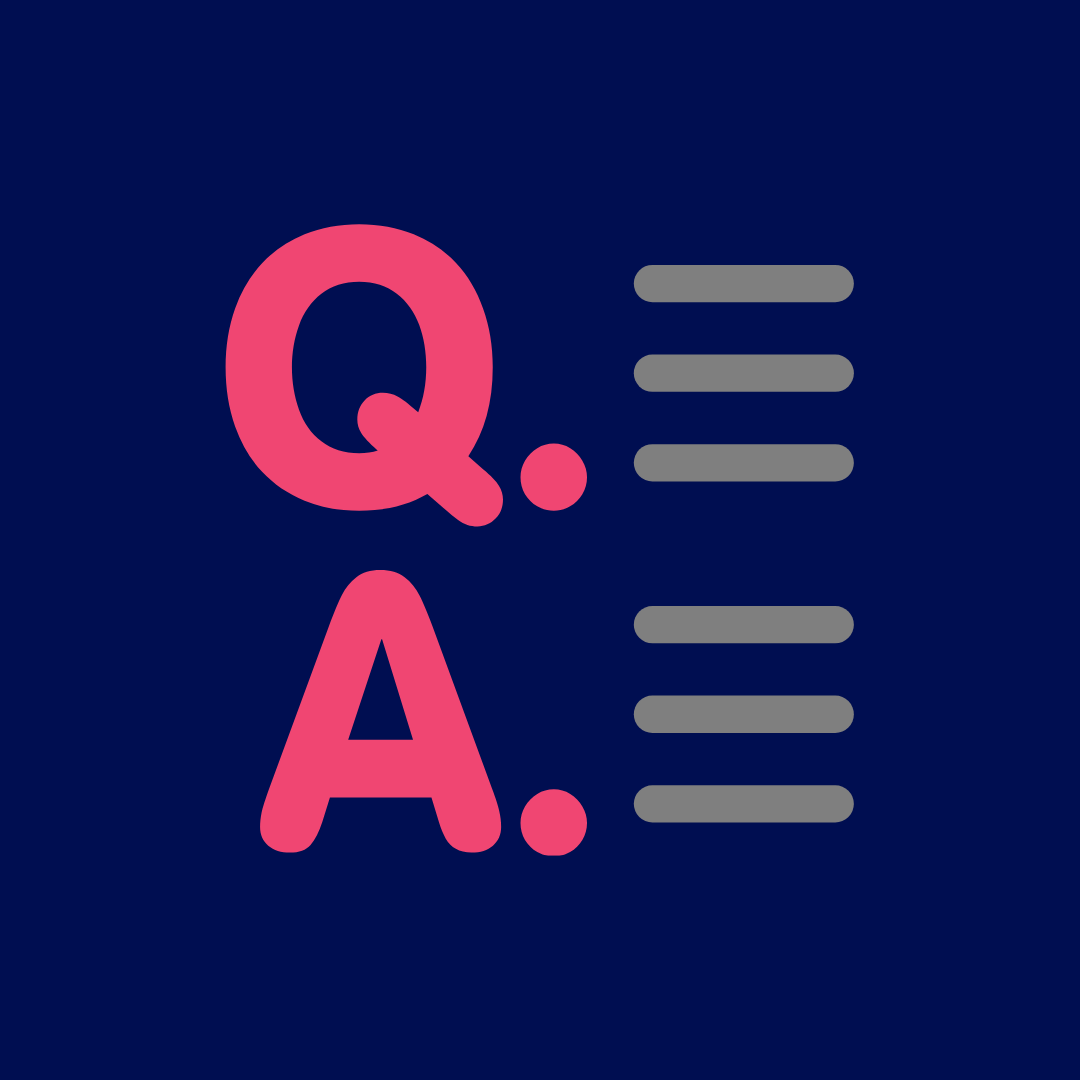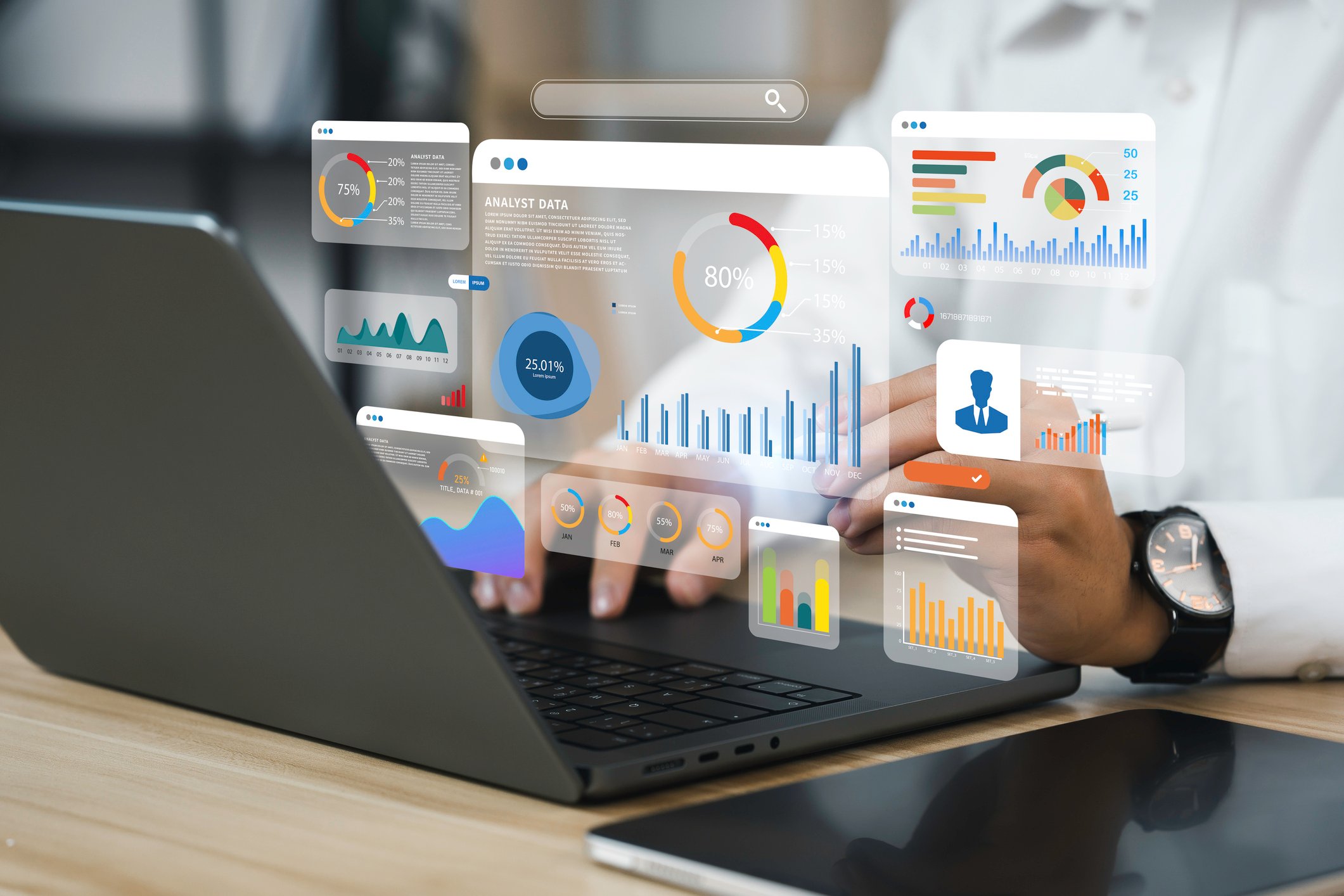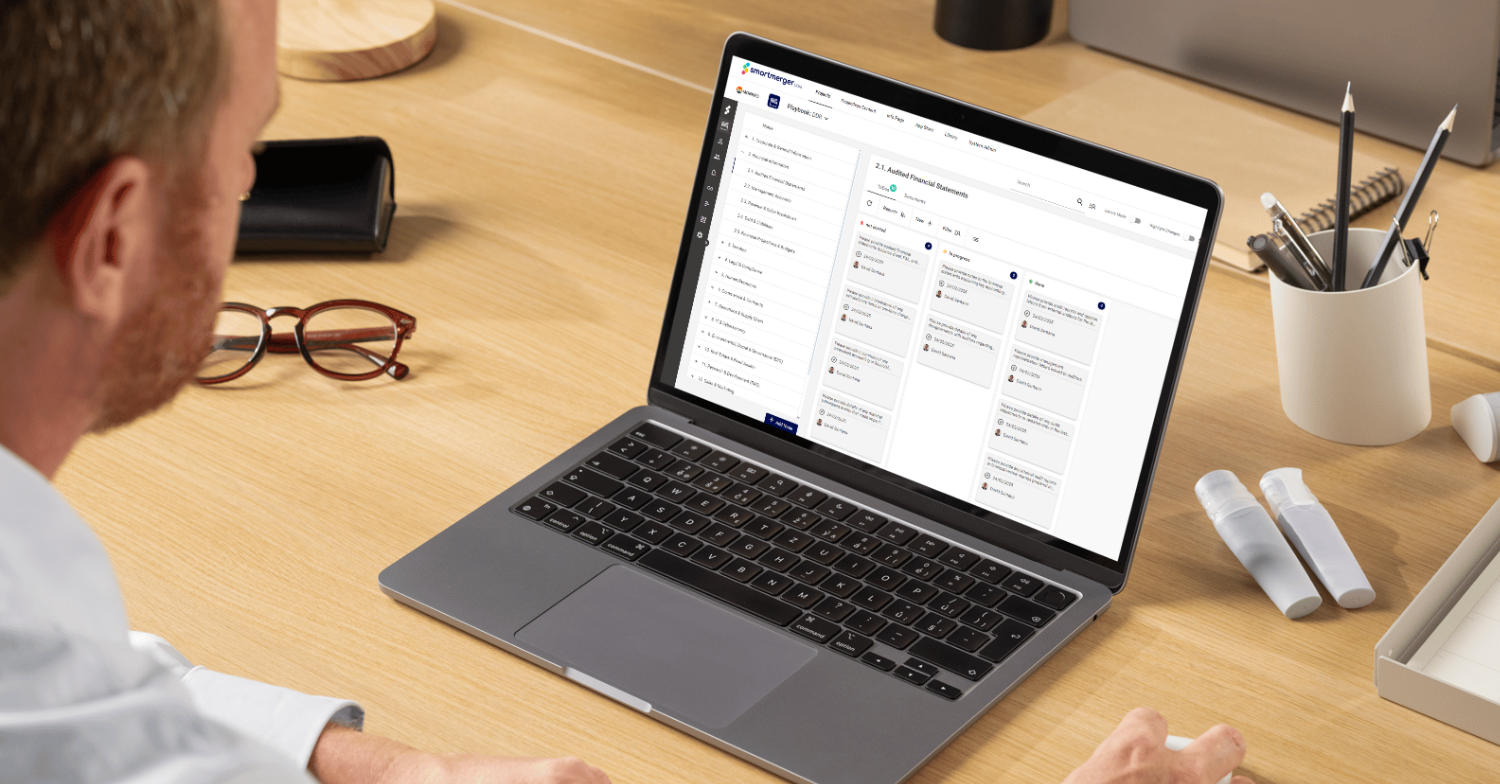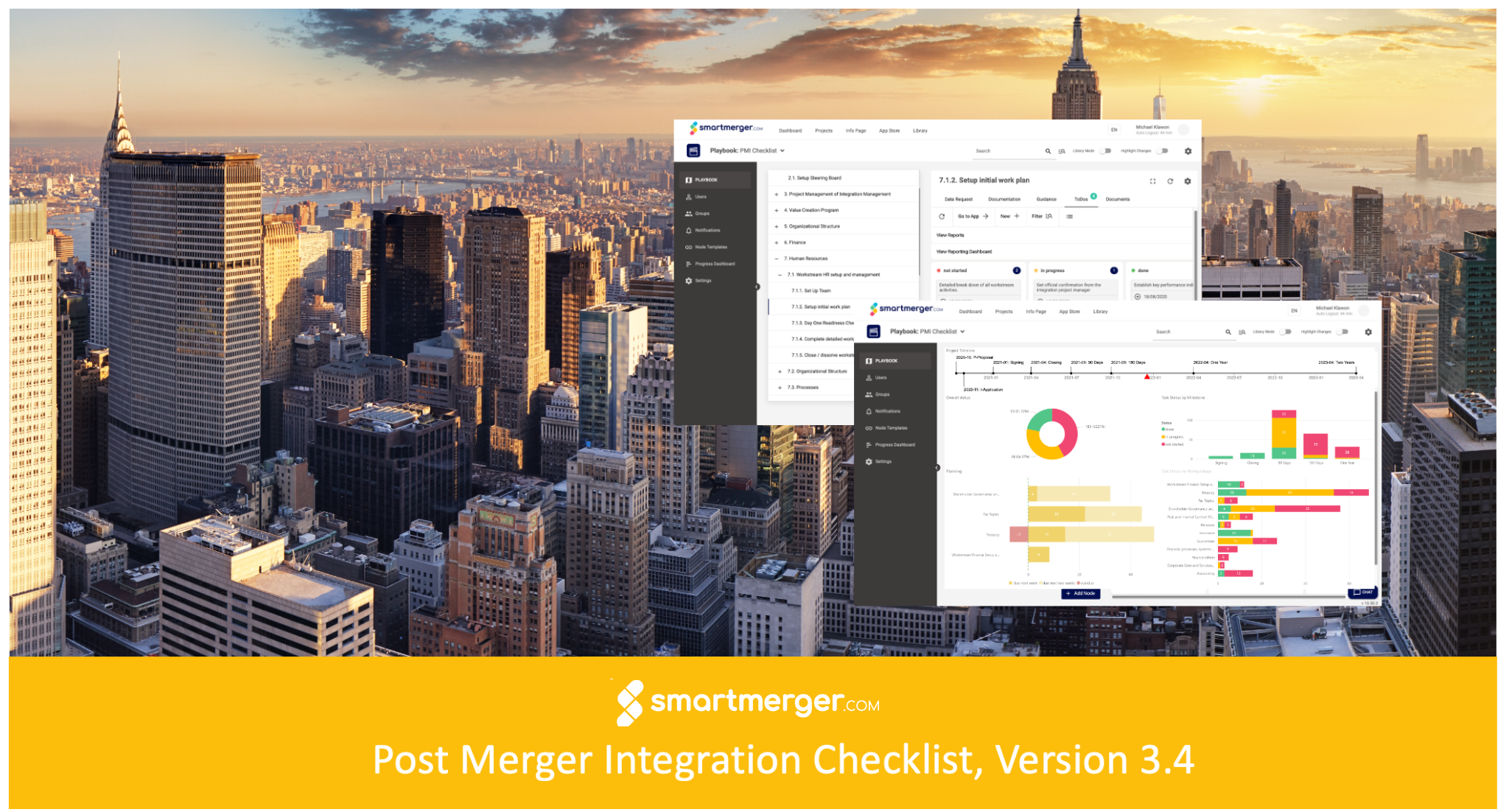1. Why is employee happiness so important to us right now?
Everyday workplaces have been turned upside down in the last two years. Home office and hybrid work are increasingly coming into daily focus and challenge employees and managers. Maintaining happiness in the team is one of them. We at smartmerger.com live all our values (smart. secure. human). In addition to our mission to make M&A processes more efficient through digitalization, we put people - as customers, users, and employees - especially in the foreground. Our employees don't have a job at our company, we have a team of enthusiastic, highly committed individuals who are passionate about our core values and want to change the world of M&A. Although we are very excited about our culture, we don't take it for granted. That's why we're always looking for innovative ways to stay still happy and motivated in our new challenge in the home office.
To achieve this mission, we have gathered energetic support on board. In a cooperation project with Breitenstein Consulting, hw.design and the Ludwig-Maximilians-Universität Munich, we wanted to hear from young and enthusiastic students about the possibilities for recording and improving employee satisfaction in home office. Thereby, the team of four students created a great digital toolbox, which records the degree of satisfaction (happiness) with the help of a short pulse check survey and shows changes in a happiness dashboard at an early stage. This is supported by a happiness playbook with various tools and methods to promote team satisfaction.

